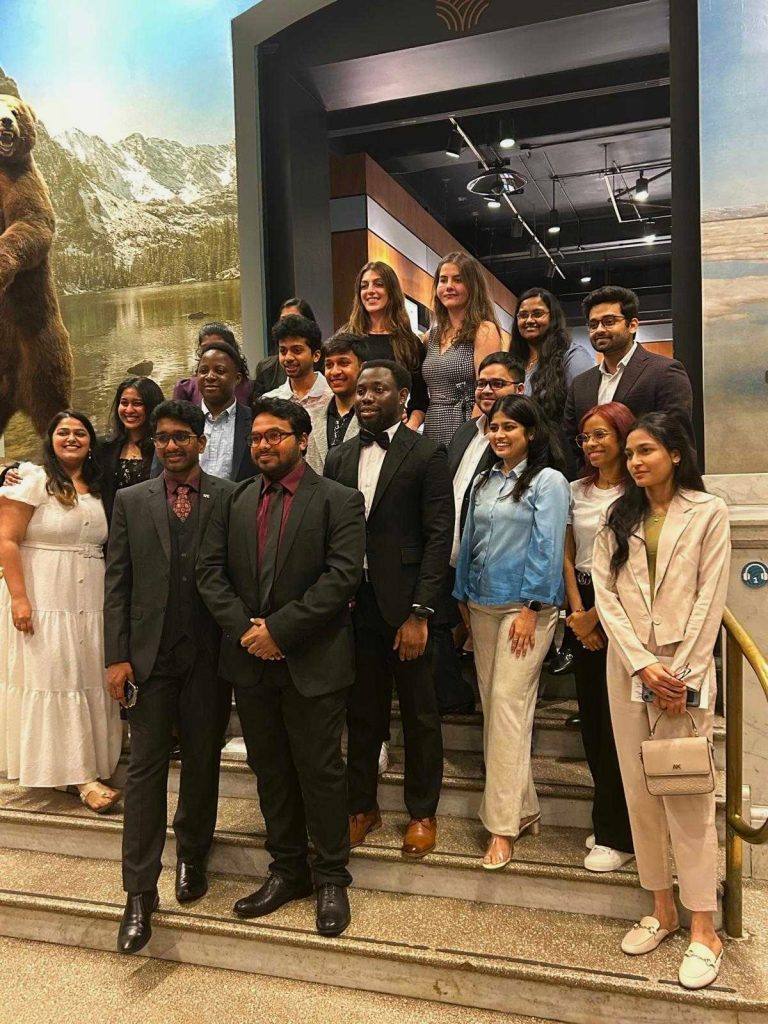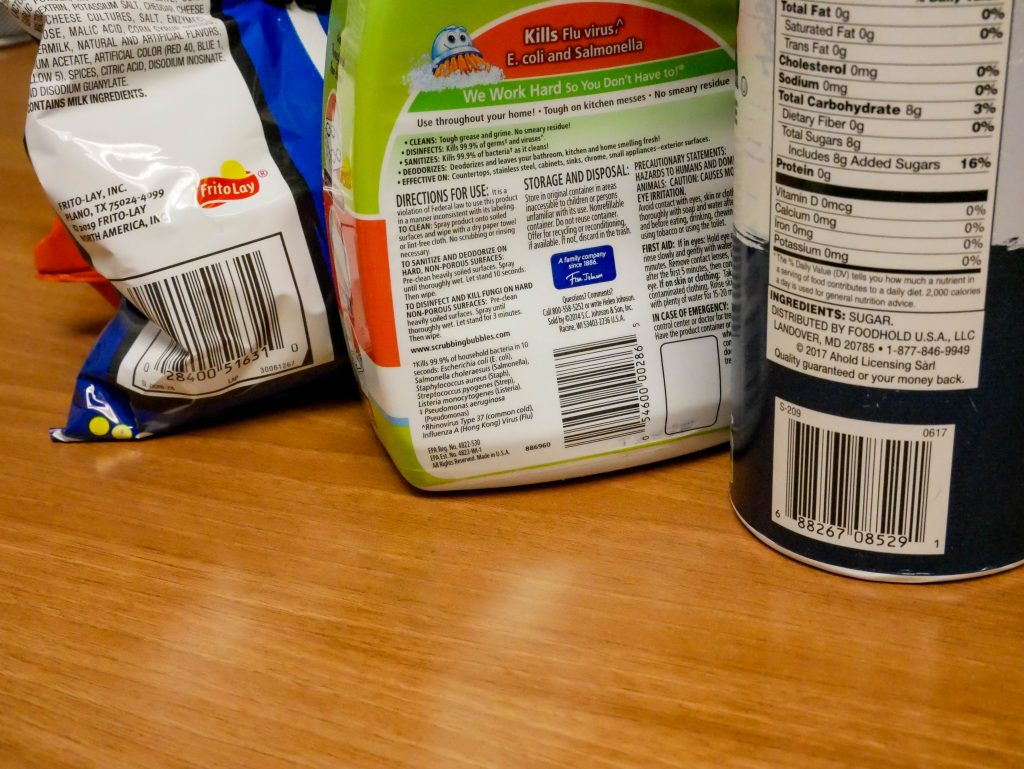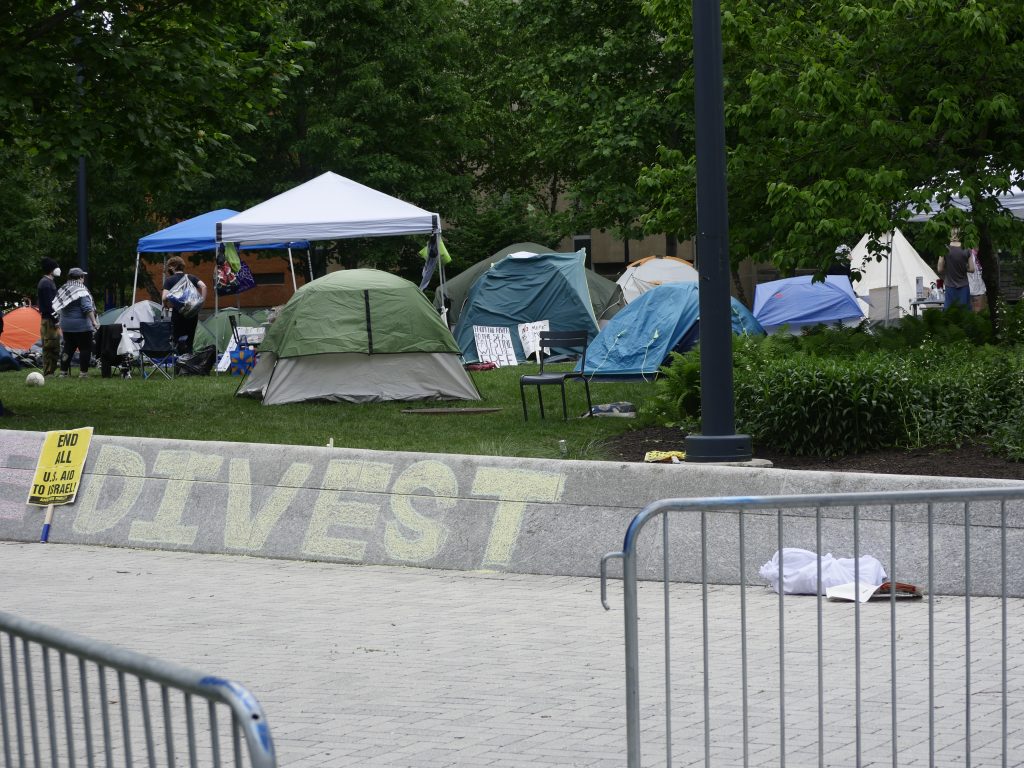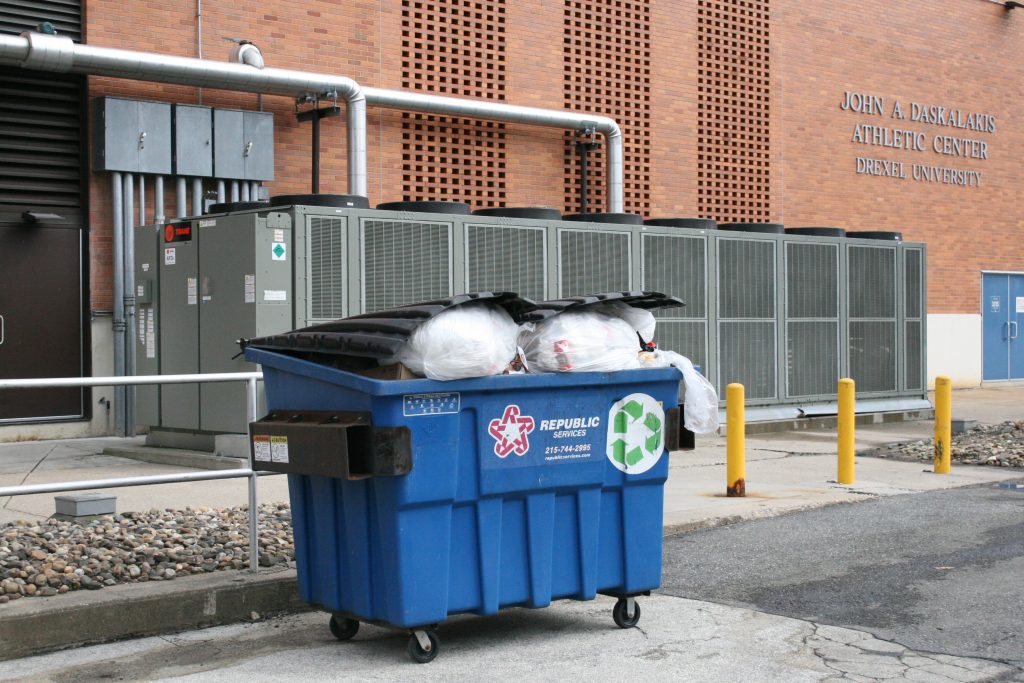
Philadelphia has a very unique system for electing its city council, but there are not many resources explaining how it works. At best, sources point to the use of a system called limited voting without explaining how exactly it is applied to Philadelphia, or reference the reserved minority seats won by the Working Families Party without explaining how that upset was able to happen. To make use of and improve democracy at the municipal level, Philadelphians need to understand how it works and why.
Philadelphia City Council seats 17 council members. The city is divided into 10 geographic districts with roughly equal population, and each district elects its own council member. Residents of every district also collectively vote on seven at-large council members using a system called limited voting. Every voter selects up to five different candidates, less than the seven elected, which is where the system gets its name. All votes are tallied and the seven candidates with the most votes are awarded seats.
Each party may only field a total of five candidates for at-large seats, usually picked in a primary. This means at least two of the seats must go to a different party than the other five. Since the Council has seven total at-large members, even if all of one party’s candidates won seats, minority parties still have an opportunity with the remaining two seats. By limiting the amount of votes each voter gets as well as the amount of candidates each party can nominate, the City Council is more representative of the entire diverse population of Philadelphia.
Historically, Philadelphia’s City Council, in its 236-year history, has always had more council seats than it does today, despite the smaller population, peaking at 190 seats at the start of the 20th century. In 1951, however, the Home Rule Charter was adopted, establishing the current system as described above. Limited voting as well as limited nomination were built into the system so that “minority representation is assured,” as the charter’s authors annotated in 1952.
The charter was written by an independent committee appointed by the previous Republican mayor and Council president during a period when Republicans were losing ground to reformists within the Democratic Party. Either because the commission decided that complete political turnover would be bad for the city, or because of its bias toward Republicans as a Republican-appointed body, a provision was made to ensure Democrats could not completely take over City Hall.
Intentional or not, the charter’s minority representation system was used by the old guard to cling onto power and maintain the two-party system. However, those same reservations are now used by reformists, in the form of the Working Families Party, to allow new ideas into City Council. Limited voting tries to give the entire population of the city, not just the majority, some proportion of representation, and that is inherently positive. However, there are more modern systems of proportional representation being implemented across the United States that do not entrench party politics or require long articles to explain their use and purpose.
Boston’s municipal government has a similar structure to Philadelphia’s, except party affiliation is not part of the election and there are no reserved minority seats. Boston’s City Council recently passed legislation to start implementing a form of ranked choice voting for electing the city’s mayor, nine district council members and four at-large council members. The change to RCV would allow Boston voters to rank, in order of their preference, up to four candidates.
Any at-large candidates with more than 20 percent of first-choice votes are immediately awarded a seat. Any votes above 20 percent are redistributed to the voters’ second choices, ensuring voters who back popular candidates still get appropriate representation. If four candidates have not reached the threshold, and extra votes have already been redistributed, the candidate with the least amount of votes is eliminated and their voters’ ballots are redistributed to their second choices. This repeats until all four seats have been filled, giving voters more opportunities to get a representative that they personally voted for.
If Philadelphia were to adopt a similar system, it would not only maintain but also enhance proportional representation. Instead of fixed seats guaranteed to minority parties, if any candidate backed by more than 12.5 percent of the electorate wins a seat, nearly every single voter would have a council member that they voted for. Such a system would also maintain the current number of districts and at-large members. However, with every voter ranking candidates for seven seats, there might end up being 20 or more candidates, potentially confusing voters. Currently, even if all three major parties in the city field the maximum of five candidates, the city would only have 15. The city could maintain the policy of limited nomination to counteract this or reduce the number of at-large seats.
Portland, Oregon has already started using RCV to proportionally elect their city council and mayor in 2024. Portland opted to overhaul their entire municipal government by replacing four district council members with 12 council members, each elected from four multi-member districts. This meant that voters in each district elected three candidates using a mini-version of Boston’s proposed at-large elections. This ensured local representation for each district as well as proportional representation of the diverse voters within that district.
Implementing multi-member districts with ranked choice voting in Philadelphia would be a drastic change, but it would also be much more balanced for the size and geography of the city. Philadelphia has a lot of diversity between neighborhoods, especially in terms of income levels, but it also has a lot of diversity within neighborhoods, and such a system would represent all of that on City Council. A larger council already has precedent from pre-1951.
It would also solve the contentious councilmanic prerogative: an unwritten rule suggesting that matters of land-use be deferred to the council representative of the district containing that land. Only four of 730 land-use bills reviewed by PlanPhilly and Pew did not pass unanimously. Critics say this gives the district council member unrestricted power and point out the six corruption convictions since 1981 that stemmed from it. If each district had multiple council members, they would check each other’s power while maintaining local control. It would also be an opportunity to codify the rule.
Unfortunately, Pennsylvania law currently bans the use of RCV for municipal elections, so neither of these reforms would not be allowed. However, there is a growing appetite for it in the public and the legislature. In 2021, mayoral candidate Derek Green called for the city to adopt RCV in some form. March on Harrisburg, an organization “fighting to get money out of politics in Pennsylvania,” continues to campaign for a bill lifting the state’s ban. Until then, you can at least confidently understand and use our current system.





